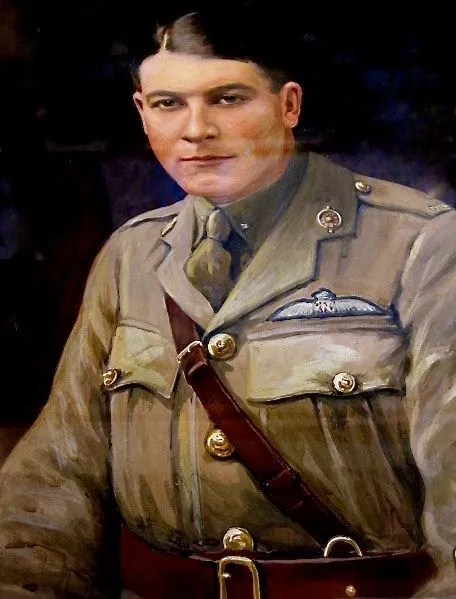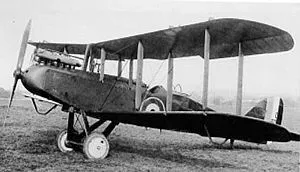Gordon, Erskine W (Lieutenant)
Killed in Action 1918-July-31


Birth Date: 1894-July-29
Born: Ottawa, Ontario
Parents: John Gordon & Lucy Tresidder
Spouse: unmarried
Home: Ottawa, Ontario
Enlistment: Ottawa, Ontario: PPCLI, CEF
Enlistment Date: 1914-September
Service
RAF
Unit
98 (B) Sqn- Squadron (RAF)
Never Failing
Base
France
Rank
Lieutenant
Position
Pilot
Service Numbers
Home
Crew or Other Personnel
DH.9 D5688
DH.9 serial: D5688

The Airco DH.9 (from de Havilland 9) also known after 1920 as the de Havilland DH.9 was a British single-engined biplane bomber developed and deployed during the First World War.
The DH.9 was a development of Airco's earlier successful DH.4, with which it shared many components. These were mated to an all-new fuselage and the BHP/Galloway Adriatic engine, which promised increased performance. Anticipating its usefulness, the type was ordered in very large numbers for Britain's Royal Flying Corps (RFC).
Upon entering service, the DH.9's performance was found to be unsatisfactory. The Adriatic engine was unreliable and failed to provide the expected power, which gave the DH.9 poorer performance than the aircraft it had been meant to replace. The performance deficit was blamed for the heavy losses they suffered over the Western Front. The redesigned DH.9A was fitted with a more powerful and reliable American Liberty L-12 engine which rectified the shortcomings of the original DH.9 model. Wikipedia